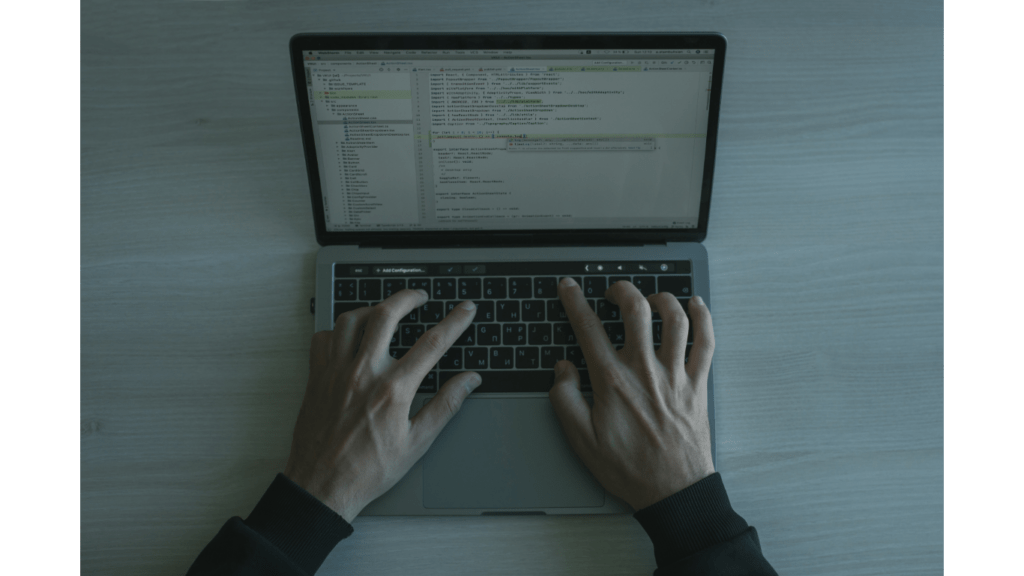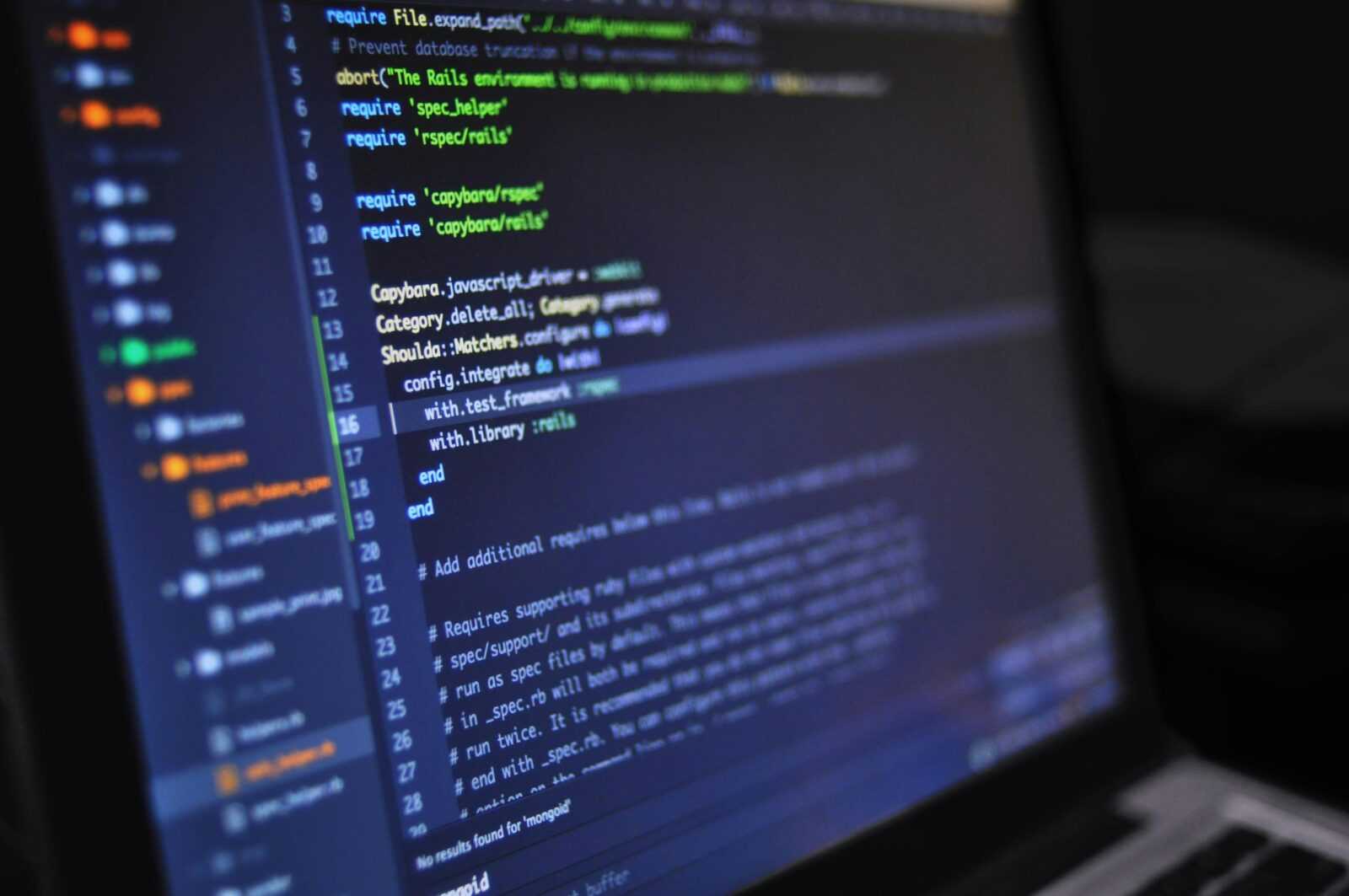Understanding the Importance of Cybersecurity
The Evolution of Online Threats
In today’s digital landscape, cyber threats have evolved to become more sophisticated and pervasive. Cybercriminals are constantly developing new methods to target individuals, businesses, and organizations. From ransomware attacks to social engineering scams, the online threat landscape is continuously changing. It’s crucial to stay vigilant and proactive in protecting our devices and data from these evolving threats.
Why Personal Device Security Matters
Securing personal devices is essential in safeguarding sensitive information and maintaining privacy in an online world. Personal devices such as smartphones, laptops, and tablets contain a wealth of personal data, including login credentials, financial information, and personal communications. Neglecting to secure these devices can leave individuals vulnerable to cyber attacks and privacy breaches. By prioritizing personal device security, individuals can protect themselves from potential threats and mitigate the risks associated with online activities.
Cybersecurity Essentials for Personal Devices

1. Essential Security Software
When it comes to safeguarding my personal devices against online threats, installing essential security software is crucial. Antivirus programs, anti-malware software, and virtual private networks (VPNs) are indispensable tools for enhancing the security of my devices. These software applications help in detecting and preventing malicious activities, such as viruses, malware, and unauthorized access, thereby creating a robust defense against cyber attacks.
2. Importance of Regular Updates and Patches
I prioritize the importance of regularly updating my devices and applying security patches to ensure they are fortified against the latest threats. Updating operating systems, applications, and security software helps in addressing vulnerabilities and weaknesses that cyber attackers could exploit. By staying current with updates and patches, I significantly reduce the risk of falling victim to cybersecurity breaches and intrusions.
3. The Role of Firewalls in Device Protection
Firewalls play a pivotal role in bolstering the protection of my personal devices from unauthorized access and cyber threats. By configuring firewalls on my devices, I establish a barrier that filters incoming and outgoing network traffic, allowing only legitimate data transmissions. This added layer of security acts as a shield against potential hacking attempts and safeguards my sensitive information from being compromised. Firewalls are essential components in fortifying the defense mechanisms of my devices and preserving my digital privacy.
Best Practices for Online Behavior
1. Developing Strong Password Habits
When it comes to protecting my online accounts, I always prioritize developing strong password habits. I create unique and complex passwords for each of my accounts, avoiding common phrases and using a combination of letters, numbers, and special characters. By doing this, I significantly reduce the risk of unauthorized access to my personal information. Remembering these passwords might be challenging, so I rely on reputable password managers to securely store and manage them for easy access.
2. Recognizing Phishing and Scam Attempts
Recognizing phishing and scam attempts is crucial in maintaining cybersecurity. I am cautious when receiving unsolicited emails or messages requesting sensitive information or urging immediate action. I always verify the sender’s legitimacy and check for any suspicious links or attachments before clicking on them. Additionally, I avoid sharing personal or financial details through insecure channels and report any suspicious activities to the relevant authorities or service providers to prevent falling victim to cyber fraud.
3. Navigating Public Wi-Fi Networks Safely
Navigating public Wi-Fi networks safely is essential to protect my device and data from potential security risks. When connecting to public Wi-Fi hotspots, I ensure that the network is secure and encrypted, indicated by a lock symbol in the network name. I refrain from accessing sensitive information, such as online banking or entering passwords, on unsecured networks. To establish a secure connection, I use a virtual private network (VPN) that encrypts my internet traffic and shields my online activities from prying eyes, ensuring a safer browsing experience on public Wi-Fi networks.
The Significance of Data Backup and Encryption
Implementing a Robust Backup Strategy
- Backing up data is crucial in safeguarding valuable information from potential data loss due to cyberattacks or system failures. I recommend setting up automatic backups for important files to ensure they are regularly saved in a secure location. By doing this, I secure my data against unexpected events that could compromise its integrity.
- Another key aspect of a robust backup strategy is maintaining multiple copies of data across different storage devices or cloud services. This redundancy minimizes the risk of complete data loss in case one backup source fails. In my experience, having redundant backups has proven invaluable in recovering crucial information swiftly without succumbing to data breaches or ransomware attacks.
- Regularly testing backup systems is equally important to verify the integrity of saved data and ensure its recoverability when needed. I regularly conduct test restores to confirm that my backups are functioning correctly and that I can rely on them in emergencies. By proactively testing backup systems, I ensure that my data remains protected and accessible at all times.
Understanding and Utilizing Data Encryption
- Data encryption is a powerful tool that adds an extra layer of security to sensitive information by converting it into a coded format that can only be deciphered by authorized parties. Implementing encryption protocols for both data at rest and data in transit is essential to prevent unauthorized access and protect confidentiality.
- I prioritize using encryption tools to secure my data stored on devices and during transmission over networks. By encrypting sensitive files, I shield them from unauthorized access even if the device is compromised or the data is intercepted. This proactive approach to data protection ensures that my confidential information remains safe from prying eyes and malicious actors.
- Furthermore, leveraging encryption protocols such as SSL/TLS for online communications and full-disk encryption for storage devices enhances the overall security posture of my digital assets. Encrypting data not only safeguards it from potential breaches but also instills a sense of trust and confidence in the integrity of my online activities.
- Implementing a robust backup strategy and utilizing data encryption measures are vital practices in fortifying data security and mitigating risks in the digital landscape. By integrating these cybersecurity essentials into my routine, I proactively defend against cyber threats and uphold the confidentiality and integrity of my valuable information.
The Future of Personal Cybersecurity
The Impact of Emerging Technologies
As we navigate the ever-evolving landscape of personal cybersecurity, it’s crucial to consider the impact of emerging technologies. With advancements in artificial intelligence, machine learning, and the Internet of Things, the potential vulnerabilities in our digital environments also evolve.
By staying informed about how these emerging technologies can affect our cybersecurity posture, I can better prepare myself to adapt and implement the necessary safeguards to protect my devices and sensitive information. Being proactive in understanding the implications of new technologies empowers me to make informed decisions about my cybersecurity practices.
Staying Informed About Cybersecurity Trends
Staying informed about cybersecurity trends is essential in fortifying our defenses against online threats. By keeping abreast of the latest developments in the cybersecurity landscape, I can anticipate potential risks and proactively implement preventive measures.
I make it a priority to regularly engage with reputable cybersecurity sources, attend webinars, and participate in relevant forums to stay updated on the latest trends. This proactive approach ensures that I am equipped with the knowledge and resources to enhance my personal cybersecurity practices and safeguard my digital assets effectively.










































































































































































































































































































































































































































































































































































































































































































 Amber Derbyshire is a seasoned article writer known for her in-depth tech insights and analysis. As a prominent contributor to Byte Buzz Baze, Amber delves into the latest trends, breakthroughs, and developments in the technology sector, providing readers with comprehensive and engaging content. Her articles are renowned for their clarity, thorough research, and ability to distill complex information into accessible narratives.
With a background in both journalism and technology, Amber combines her passion for storytelling with her expertise in the tech industry to create pieces that are both informative and captivating. Her work not only keeps readers up-to-date with the fast-paced world of technology but also helps them understand the implications and potential of new innovations. Amber's dedication to her craft and her ability to stay ahead of emerging trends make her a respected and influential voice in the tech writing community.
Amber Derbyshire is a seasoned article writer known for her in-depth tech insights and analysis. As a prominent contributor to Byte Buzz Baze, Amber delves into the latest trends, breakthroughs, and developments in the technology sector, providing readers with comprehensive and engaging content. Her articles are renowned for their clarity, thorough research, and ability to distill complex information into accessible narratives.
With a background in both journalism and technology, Amber combines her passion for storytelling with her expertise in the tech industry to create pieces that are both informative and captivating. Her work not only keeps readers up-to-date with the fast-paced world of technology but also helps them understand the implications and potential of new innovations. Amber's dedication to her craft and her ability to stay ahead of emerging trends make her a respected and influential voice in the tech writing community.
